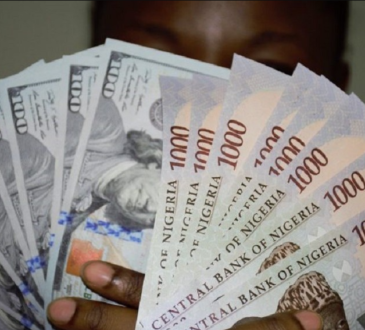What’s going on here?
China’s central bank, the People’s Bank of China (PBOC), has shifted focus to prevent the yuan from strengthening too quickly amid its longest winning streak in over three years.
What does this mean?
The yuan (CNY) has gained 1.3% against the US dollar (USD) this August and is set for a fifth consecutive weekly rise. This appreciation is fueled by expectations of Federal Reserve rate cuts and a rally in the Japanese yen (JPY). Yet, China’s economy remains weakened, with persistent capital outflows. To protect exporters and stabilize markets, the PBOC is easing restrictions on gold imports, loosening banks’ yuan trading positions, and conducting market surveys. Analysts at BofA Securities now forecast the yuan to end 2024 at 7.38 per dollar, slightly adjusting their earlier prediction.
Why should I care?
For markets: Stability over spikes.
The PBOC’s interventions aim to buffer the yuan against extreme volatility that could destabilize financial markets. Exporters and foreign companies have been swapping yuan for dollars, driven by better returns on foreign currencies, creating over $500 billion in foreign currency holdings since 2022. By relaxing certain trading rules and increasing gold import quotas for some banks, the central bank hopes to control the yuan’s rapid appreciation, ensuring a balanced market environment.
The bigger picture: Navigating global shifts.
China’s strategic moves reflect broader macroeconomic maneuvers to stay competitive globally. The yuan’s sharp rise, partly due to Fed rate cut expectations, adds pressure on China to maintain export competitiveness. As global markets adjust, China’s quick adaptation in FX policies showcases its focus on economic stability amid a landscape of fluctuating currencies and evolving trade dynamics.





